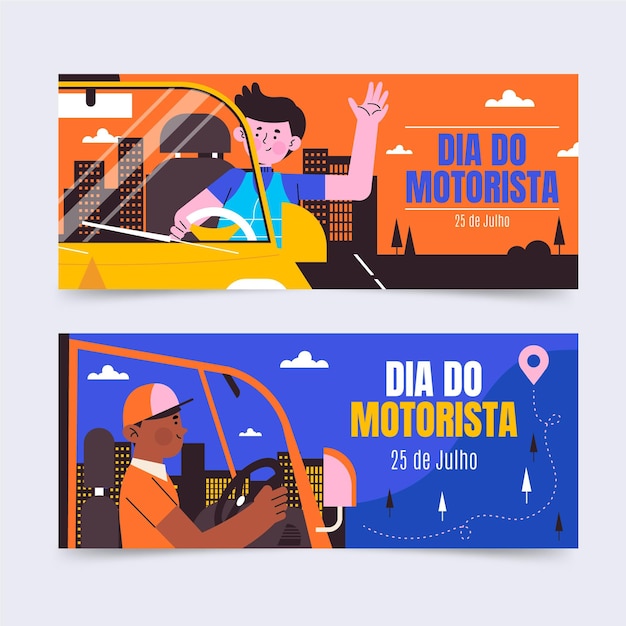
Today, I want to introduce you to my friend Harry, the owner and founder of The Rideshare Guy Blog and Podcast.
Harry started driving for Uber and Lyft in 2014 while working full-time as an aerospace engineer. He noticed a need in the driver community and started his website to help drivers like himself. Eventually, he left his day job to focus on his successful website, which provides drivers with insights and tools to boost their ridesharing income. Plus, he still drives regularly!
In this interview, you’ll learn:
– How Harry got into rideshare driving.
– How Lyft and Uber drivers get paid.
– Whether he thinks there’s room for more rideshare drivers.
– The pros and cons of being a driver.
– The kind of car you’ll need.
– And more! This interview is packed with valuable information!
I asked my readers what questions they had for Harry, so here are your questions (and some of mine) about becoming a rideshare driver. Make sure you’re following me on Facebook so you can submit your own questions for the next interview.
1. Please give us some background on yourself and this side hustle.
I started rideshare driving with Uber and Lyft in 2014, which is a long time ago in ridesharing years! Soon after, I began The Rideshare Guy blog. I’ve been writing and driving ever since, talking to thousands of drivers and people in the rideshare industry. People are drawn to RSG because I try to be unbiased and objective, genuinely aiming to help drivers. As a driver with the same questions, I know what to ask and how to share that information in a relatable way. I started this because the industry seemed interesting, and I wanted to learn more. Plus, I love getting paid for things I enjoy doing anyway.
2. What exactly are Uber and Lyft?
Uber and Lyft are companies that connect riders and drivers. Drivers with cars can make money on their own schedule by driving passengers around. This is done through an app on both the drivers’ and passengers’ phones. Passengers open the app, request a ride to their destination, and a driver gets a notification showing where the rider is. Once the driver arrives, the passenger gets in, and the driver takes them to their destination. Drivers are paid after the trip is completed and can set their own schedules.
3. How much can a driver expect to make?
I wouldn’t necessarily encourage people to become Uber or Lyft drivers full-time due to the wear and tear on your car, but as a side hustle, it’s a great gig.
4. How does a driver get paid?
Drivers get paid weekly. They can check their earnings statements on the app and then receive their earnings via direct deposit into their bank accounts. With Lyft’s Instant Pay feature, drivers can get paid instantly, and Uber offers a similar feature allowing drivers to cash out up to five times a day.
5. Is there still room for more drivers? How many drivers are there currently?
I think there’s room for more drivers, especially in big cities and places where Uber and Lyft are newly available. There might be some saturation points, particularly in the summer when many college students drive casually, but overall, it’s worth trying as a side hustle.
6. Should a person sign up for both Uber and Lyft, or just one?
I think drivers should sign up for both Uber and Lyft. Passengers may have a favorite app, usually based on price, but drivers can benefit from being on both platforms. If things are slow on one app, leveraging the other can help you get more requests and earn more money.
7. What are the positives and negatives of being a driver?
There are many positives, like meeting interesting people and having the flexibility to drive whenever you want. Many drivers share an entrepreneurial spirit, and being an Uber driver is like running your own business. However, there are negatives too, like driver fares or dealing with a rude passenger. But generally, most passengers are pleasant, and the positives outweigh the negatives.
8. What are common expenses?
The main expenses are gas, insurance, and vehicle maintenance. Other costs include car washes and cleaning supplies, but these can last a while. Regular drivers might put a lot of miles on their cars, which can add to maintenance costs.
9. Will my current car be okay to drive, or do I need something specific?
Your car generally needs to be 15 years old or newer, but this can vary by city. You’ll also need a four-door vehicle with working seatbelts. A clean, well-maintained car with working heat and air conditioning can also help you get more tips.
10. What’s the craziest or funniest driver story you have experienced?
One of my favorite rides was picking up a very elderly gentleman in Los Angeles. His nephew had set up the Uber app on his phone, and this was his first ride. Despite being nearly 80, he was very active, and we had a great 45-minute conversation about his life and how the app was changing his ability to get around the city. It was inspiring to hear how he planned to use Uber to meet friends and explore the city.
11. Do you have any other tips for someone who wants to become a driver?
If you’re interested in becoming a driver, my top tip is to take an Uber or Lyft ride first. Talk to your driver and ask them about their experience. This can give you valuable insights into what driving is like in your city. Also, check out my blog, TheRideshareGuy.com, to stay updated on all the latest info.
Are you interested in becoming an Uber or Lyft driver?